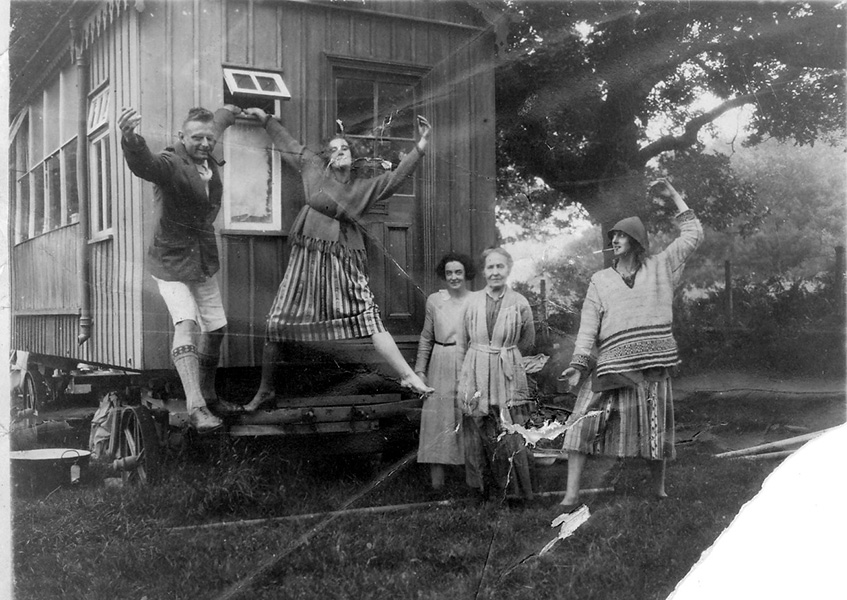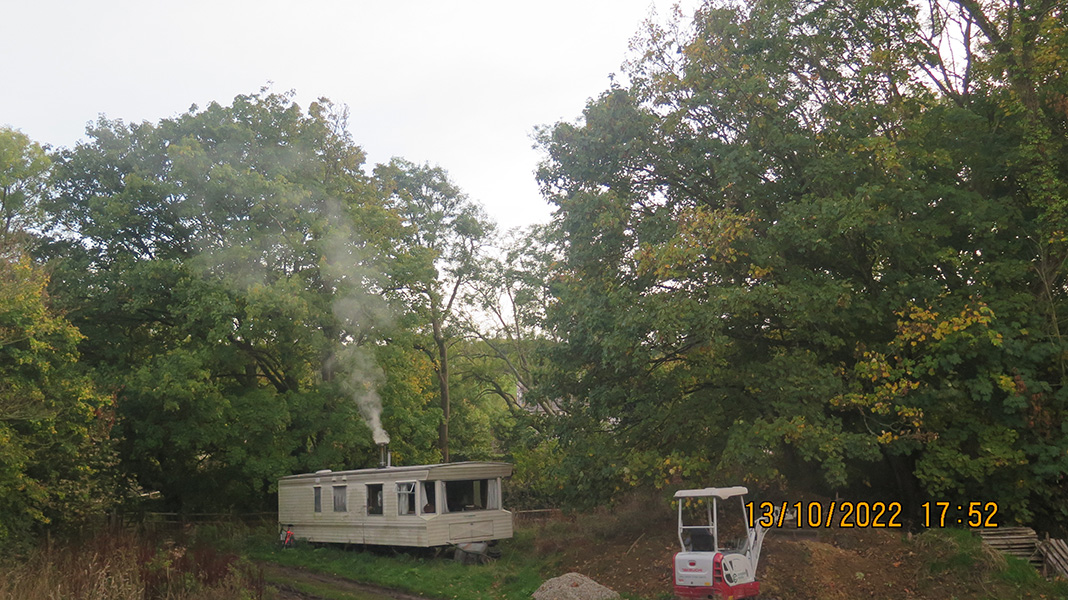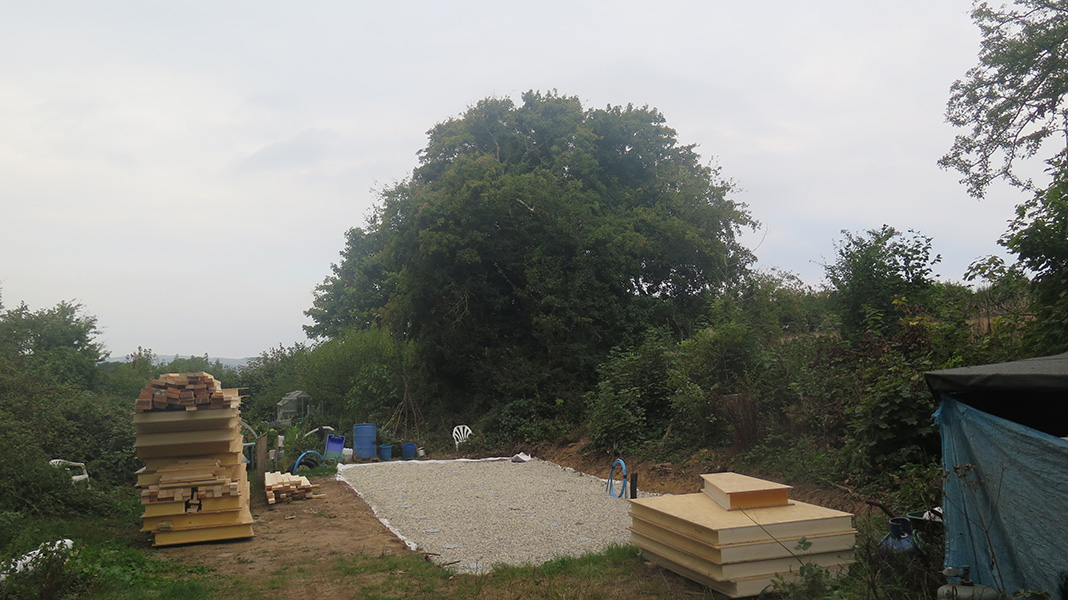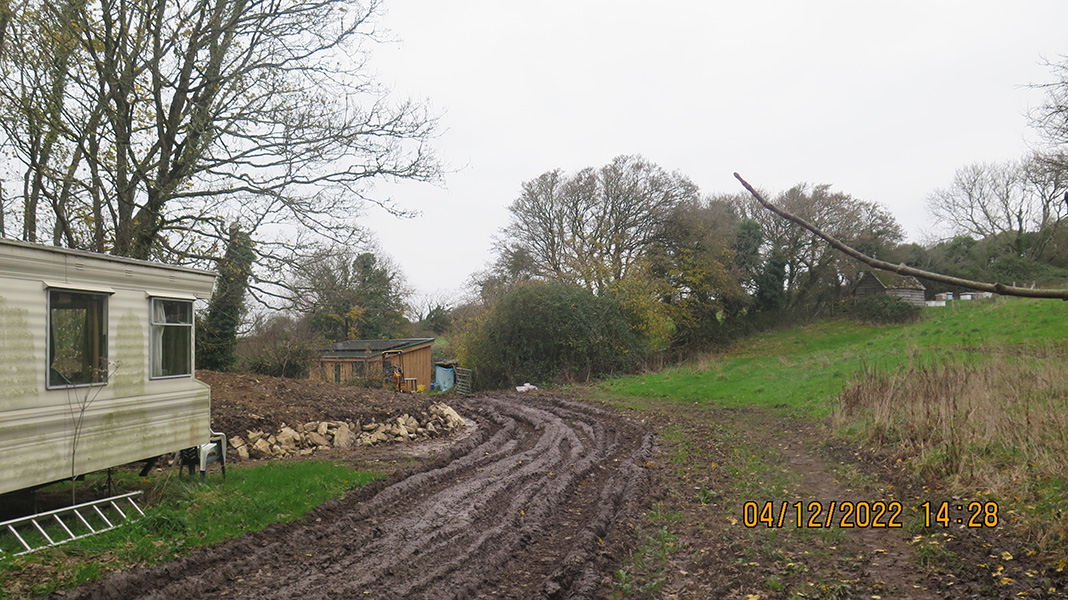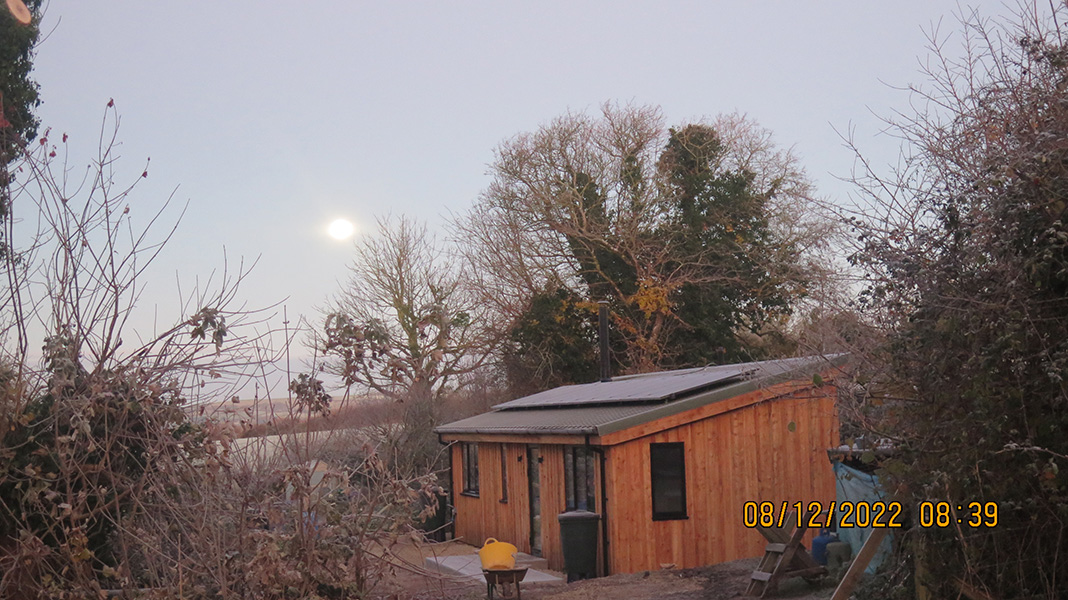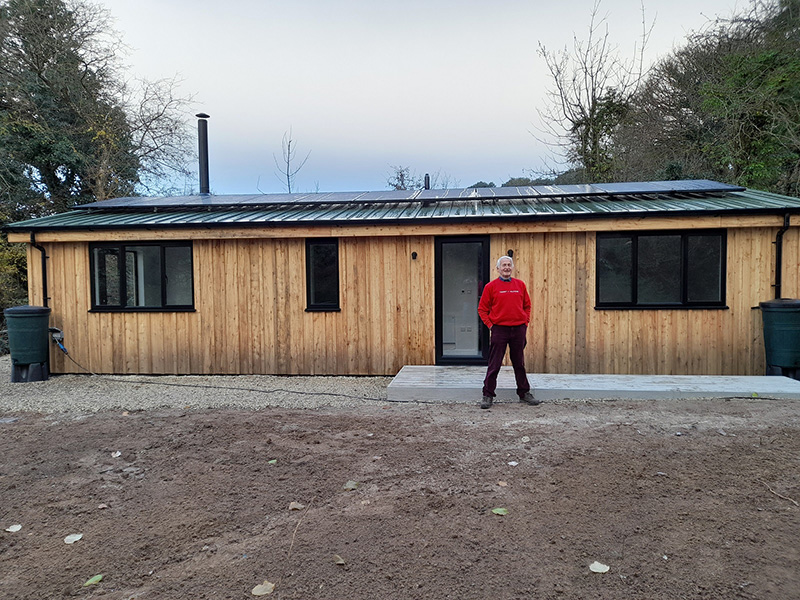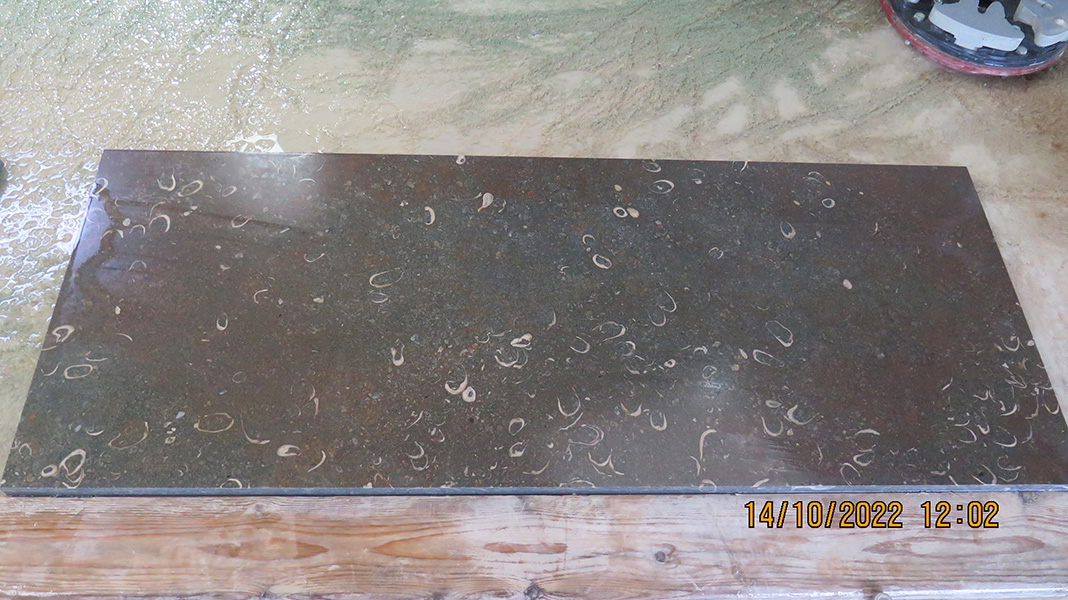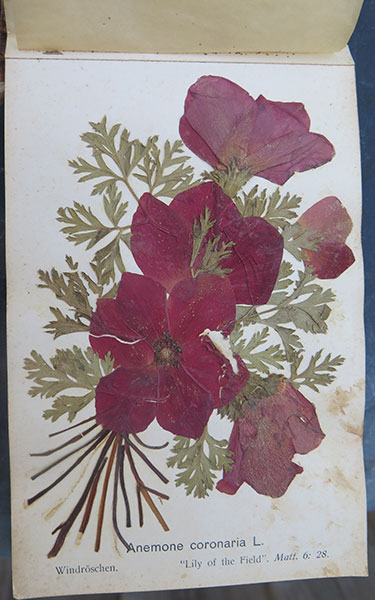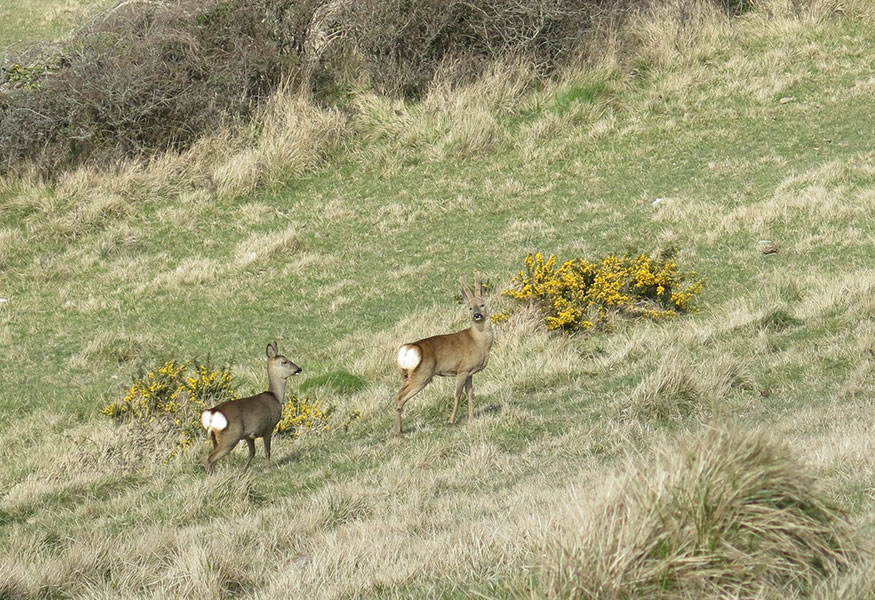69. A Moving Experience
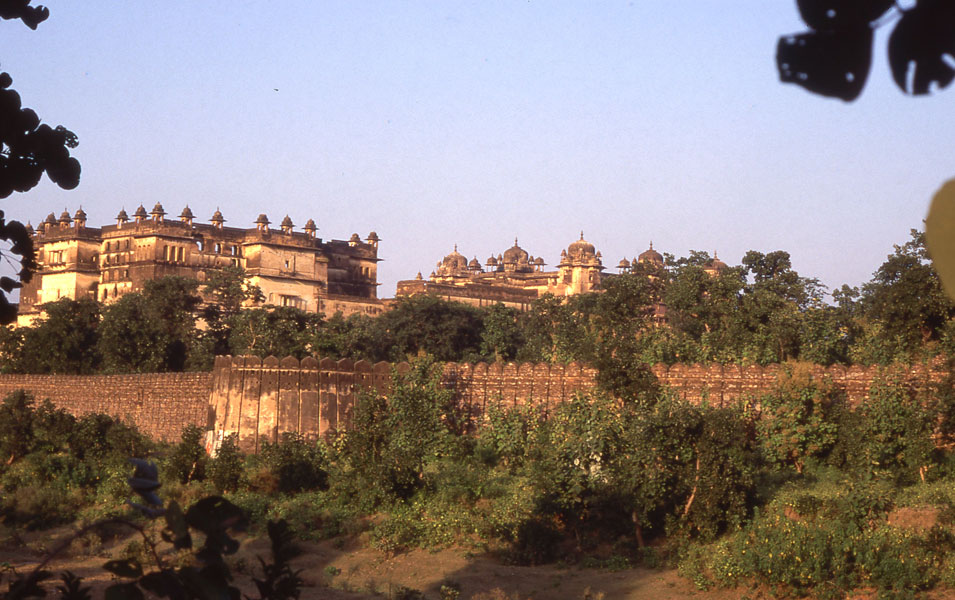
68. Orchha And Its Painted Temple
December 9, 202270. Shekhawati Updated In My Final Home
March 2, 2023L et’s take a break from Indian travels! There have been more recent adventures in life: a new home…
I moved to Dunshay, a small Purbeck manor around an elderly stone house, in 1988. No one seems to know quite when the first manor house rose. The massive oldest walls point to the Middle Ages, but that must have been too modest a structure to ever earn mention in early documents or maps. Dunshay finally features in Treswell’s Purbeck map of 1586. The first indication of a date for any part of the structure are two sets of initials inscribed on window lintels. Even then, there is confusion. The letters on the upper window are easy: C and D. The D is straightforward: the Dolling family held Dunshay in Queen Elizabeth’s reign, contemporary with Akbar’s era. The C is for Christopher, the first Dolling to move in to the house. The first initial on the lower window is damaged, unclear: it is either I or E. ‘I’ would indicate John (I & J were interchangeable in those days) whilst ‘E’ suggests Elizabeth, Christopher’s wife. Surely it is she. Two John Dollings held the place after Christopher but, assuming the windows are in their original positions, neither should be on the lower lintol, thus older than him.
Later, the house expanded, two large wings extending the facade eastwards. This extension is dated: on the hopper of a lead drainpipe on the new façade are initials I, A, D – John and Ann Dolling – and ‘1642’. During restoration in 1906, this drain was shifted to the south side of the porch. One day, up on a ladder, I noticed graffiti scratched into the lead; it included ‘George Jesty 1796’. His father, Benjamin was the farmer who invented vaccination: not Dr Jenner, who got, and still gets, all the credit, but an unqualified, less-pushy Benjamin Jesty, who realised the connection between mild cowpox and lethal smallpox. Jenner cashed in successfully, but Jesty is still remembered by those who question.
At the turn of the 19th century, Studland was fashionable, Bohemian. The Spencer Watsons took a long let there in 1913 but, when the coming of a ferry, linking it to the Bournemouth conurbation, threatened its peace, they moved away, buying Dunshay. There, the portrait painter, George Spencer Watson took the milking parlour as his studio. They built the stable block in 1926. It took Hilda a mere 2 years to transform most of that into a theatre for her mime and dance performances. Their daughter, Mary, soon took to carving and became a sculptor. In the mid-fifties, after both parents had died, she let out the house while travelling around the country fulfilling commissions. Twenty years later, she settled back at Dunshay.
During winters in the 1980s, I was working for INTACH (the Indian National Trust), documenting merchant buildings in painted Shekhawati, in Rajasthan, then on the island of Diu, off Gujarat. The Trust had reneged on the agreed funding, which left me short; each summer, returning home to Purbeck involved finding very cheap accommodation at the height of the tourist season. Friends always helped out but, in 1988, it was proving difficult. Then someone suggested Mary’s caravan at Dunshay. Knowing her slightly, I went to the house. That morning she was out, but Judy, who lived in a flat there, was a friend from school; after telling me the way to the van, she added ‘I wouldn’t let a dog live in it!’ I moved in next day.
She was right, of course. It was very decrepit, the ceiling leaked, but I am adaptable. The situation was perfect – a peaceful little meadow with sheep and horses wandering in and out. At the time, it suited Mary to have someone living there. In the region a perverted fellow with a weakness for maiming horses was still at large. My presence near her animals was designed to discourage him. Whether it did or not no one knows, but the horses were untouched. She charged a peppercorn rent and that meadow became my Purbeck home.
When, after several years, a new leak opened above the bed, Mary suggested I replace that van with another. Its destruction features in Blog 13. Old School Tie again. A school friend, Richard, owned a caravan site. Often one of his clients wanted to replace a superannuated van. There was little market for old caravans – land was necessary to park it; they were cheap. Thus, a series of elderly vans were replaced by less elderly ones. When Mary died, in 2006, she left Dunshay to The Landmark Trust. Under the terms of the bequest, it also inherited me. I owe her a great deal.
The relationship with The Trust proved harmonious. Everything continued as before until, in 2017, there was a suggestion that the van be replaced with a timber cabin on the same site. I duly contributed, but the building would be theirs, my tenancy being only for life. Both are happy with the deal. If I die soon, they benefit: if I make a hundred, I do. It should be a good investment on their part!
So, after 35 years and four caravans, in May 2022, I found a local builder, Campbell Clarke, keen to take on the project. The building site needed an ecological survey, which, oddly, seems only interested in bats (which don’t live in caravans) and newts (which breed in ponds and hibernate in walls nearby, but have never appeared in this meadow). Over the years, I have developed a vegetable plot and surrounded it with ‘rewilding’, the undergrowth soon a fertile home for wildlife, including four finch species and, in summer, three different warblers. A friend who trapped moths in Purbeck had her highest count of species here. Good food for bats. There are other mammals, too. Wood and yellow necked mice, pigmy and common shrews, rats, hares over the wall, rabbits and stoats to feed on them. Roe deer occasionally trespass; alas, grey squirrels frequently do. Badgers and foxes wander through. Insects abound, but, save for butterflies, I am not too knowledgeable on them. The busiest livestock of all are the many and varied springtime slugs. There are plants, too, the fungi including uncommon scarlet elf cups. Only one plant, my plum tree, regularly fails.
With planning permission granted, gradually the project progressed. The final van and I were moved some fifty metres to a temporary site. 2022 brought a wonderful summer but it was not until the wet end of autumn that construction accelerated, turning the track and its vicinity into the inevitable quagmire. Spring will heal the wounds with a healthy growth of grass and all those pretty plants commonly referred to as ‘weeds’. All will be almost as it was, except more comfortable!
In the meantime, I come to terms with modern electric technology – an induction hub, microwave, a washing machine, running hot water. On the roof sit eleven solar panels. No television, however. A radio and windows give better pictures.

